Miso Paste Colors Unveiled Flavor and Usecases Explored
11 min read Explore the vibrant colors, rich flavors, and versatile applications of different miso paste varieties in this comprehensive guide. September 05, 2025 12:05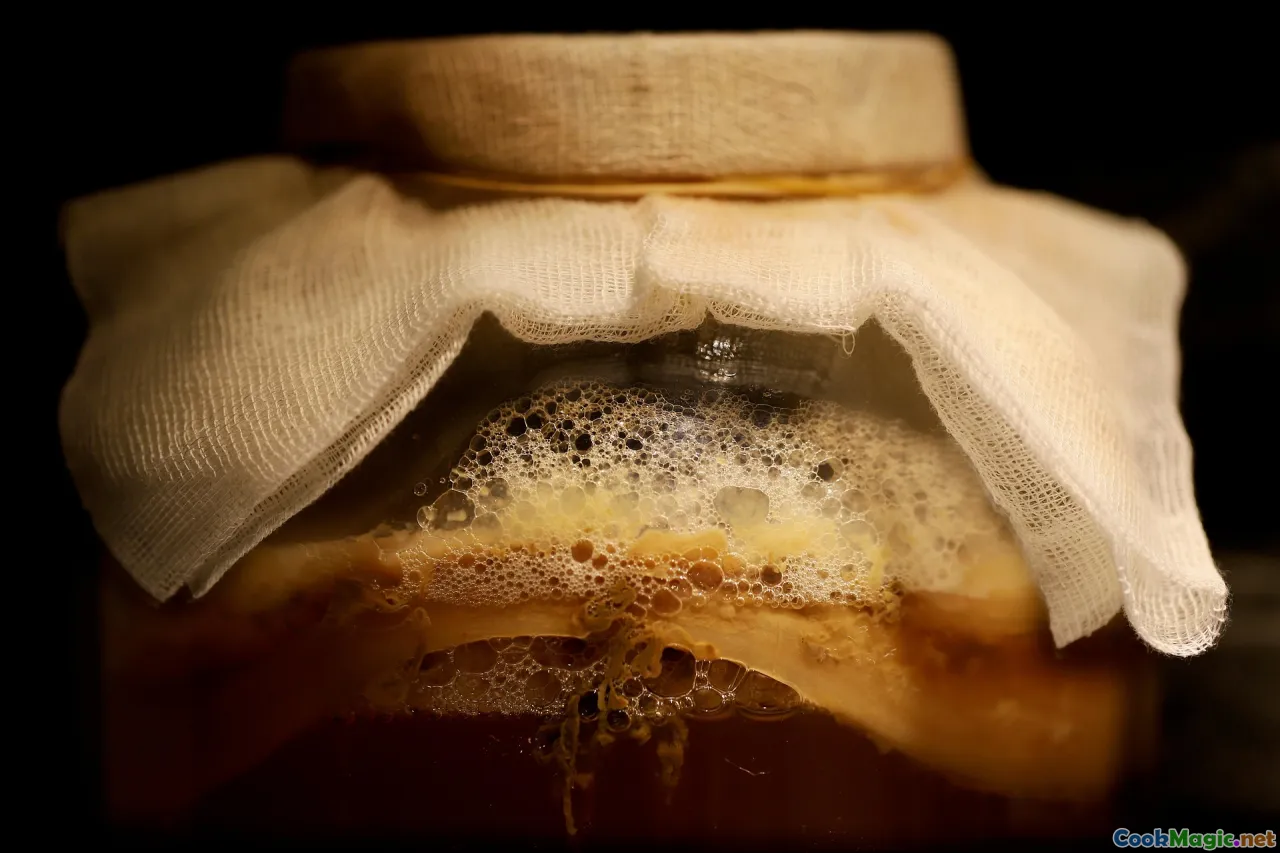
Miso Paste Colors Unveiled: Flavor and Usecases Explored
Nestled within the vibrant tapestry of Japanese cuisine is the humble yet profoundly complex miso paste. For centuries, this fermented elixir has graced countless dishes, from hearty soups to delicate dressings, each variation whispering a different story through its color, aroma, and flavor profile. As a culinary artist and passionate explorer, I’ve always found miso’s color palette as intriguing as its taste—a spectrum that ranges from snowy white to deep, dark brown. Today, we embark on an immersive journey to unveil the secrets behind miso’s hues, understand their distinct characters, and discover how each can elevate your kitchen creations.
The Palette of Miso: An Overview of Colors and Their Roots
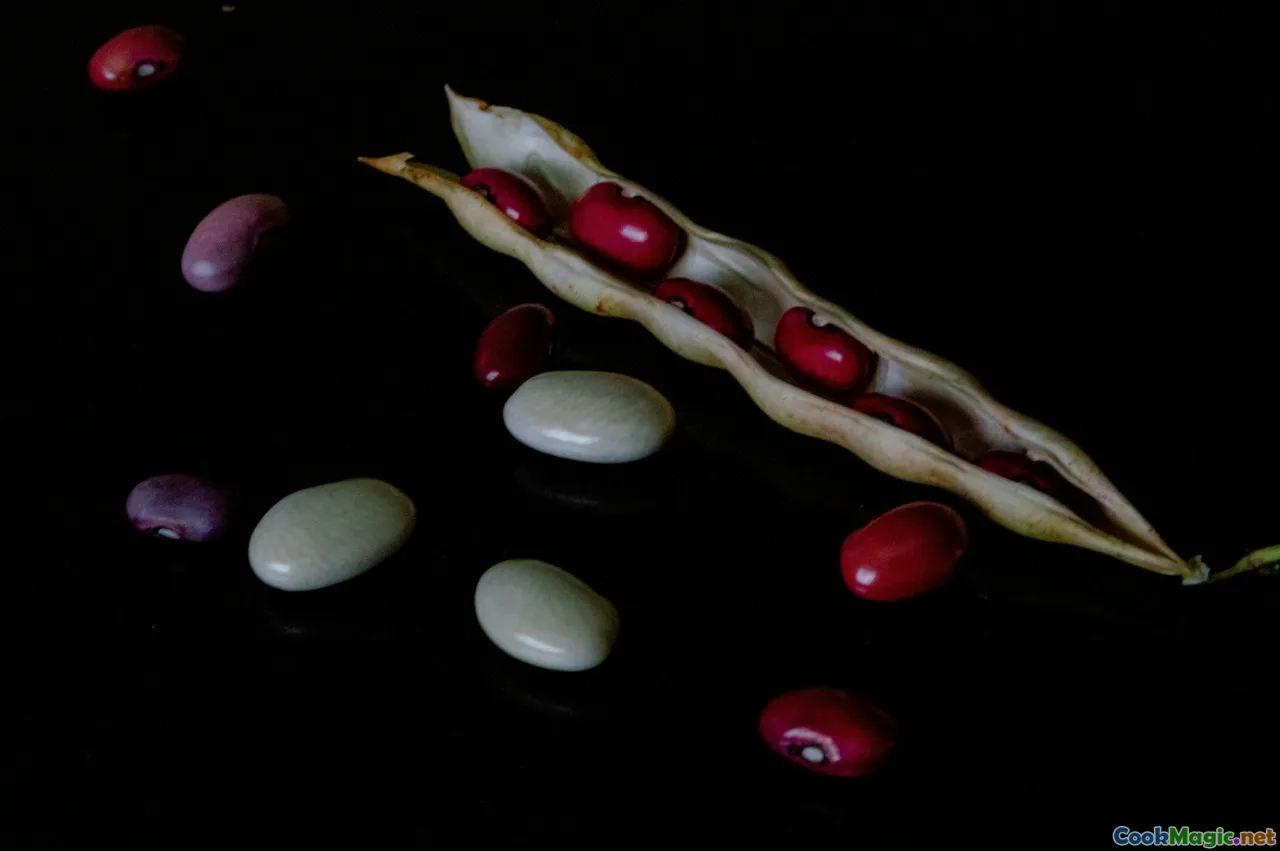
Miso’s visual spectrum is a reflection of its ingredients, fermentation time, and regional traditions. Typically, miso can be categorized into four main hues:
- White Miso (Shiro Miso): The lightest of the bunch, pale ivory to cream-colored, with a mellow, subtly sweet profile.
- Yellow Miso (Shinshu Miso): Slightly darker, with a golden hue, offering a balanced flavor that bridges sweetness and umami.
- Red Miso (Aka Miso): Reddish-brown, robust, and globally recognized for its hearty, savory depth.
- Brown or Black Miso: The darkest, with intense umami and often a bitter undertone, ideal for slow-cooked dishes.
Each color mirrors a unique fermentation period, bean origin, and cultural twist—elements that culminate in a symphony of flavor possibilities.
Decoding the Flavor Profiles: What Each Color Tells You

Understanding how color correlates with flavor is essential for leveraging miso’s nuances.
White Miso: The Gentle Whisper
White miso, which ferments for a shorter period—typically 2 to 3 months—is characterized by its mild, sweet taste accompanied by subtle nutty undertones. It features a silky, almost velvety texture, making it ideal for light soups, such as the classic miso shirodashi, and delicate dressings.
Yellow Miso: The Versatile Bridge
Slightly darker than white miso, yellow miso ferments for about 3 to 6 months. Its flavor is more developed but remains approachable—balancing sweetness with a gentle umami punch. It’s a versatile choice, excellent in simmered dishes like vegetable miso stews (souzai miso) and marinade bases.
Red Miso: The Bold Heart
Red miso’s fermentation lasts from 6 months up to a year or more, giving it a deep, complex flavor. Its savory richness is complemented by a bit of tang and acidity. Well-suited for hearty dishes like miso ramen, braised pork, and even miso-glazed fish, it imparts a warm richness that stands out.
Brown or Black Miso: The Intense Connoisseur
The darkest miso often ferments for over a year, sometimes longer, resulting in a potent, earthy flavor profile. It boasts roasted, almost smoky notes that deepen complex braises and stews, such as classic Japanese kare miso or thick miso-based sauces.
Scientific Insights: The Fermentation Factors and Their Impact on Color
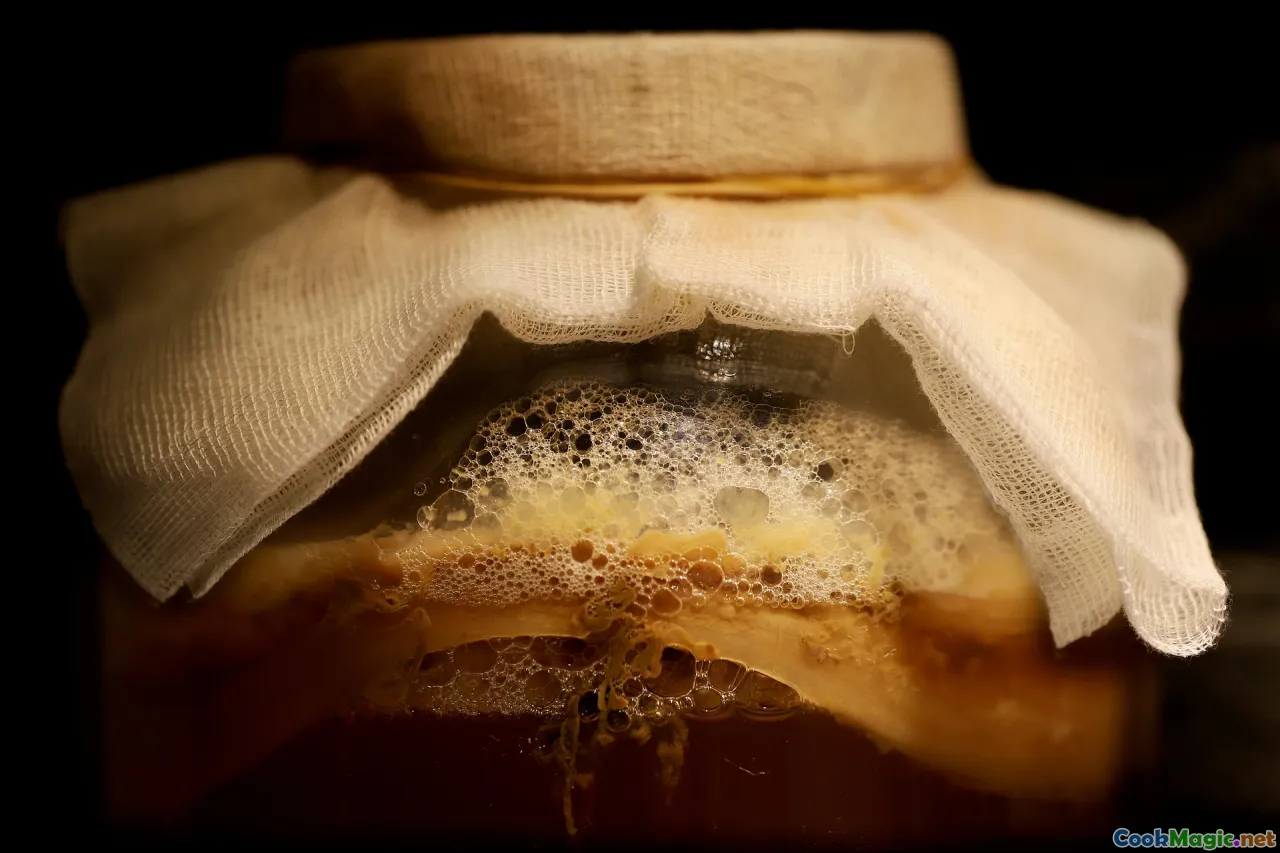
The transformation of soybeans into miso involves various elements—soybean quality, fermentation duration, temperature, and the addition of rice, barley, or other grains—that influence the end color.
- Soybean Quality: Higher quality soybeans produce a cleaner, brighter miso, especially in lighter varieties.
- Koji Mold Development: The mold Aspergillus oryzae, which ferments koji rice, imparts enzymes that break down proteins and carbohydrates, affecting both flavor and color.
- Salt Concentration: Higher salt levels tend to slow fermentation, often resulting in darker miso.
- Aging: Lengthier aging periods lead to deeper, richer hues as Maillard reactions occur, enhancing complex flavors.
Understanding these factors can guide you in selecting the precise miso type for your culinary aims.
Cultural & Culinary Corner: Traditional Uses & Modern Twists
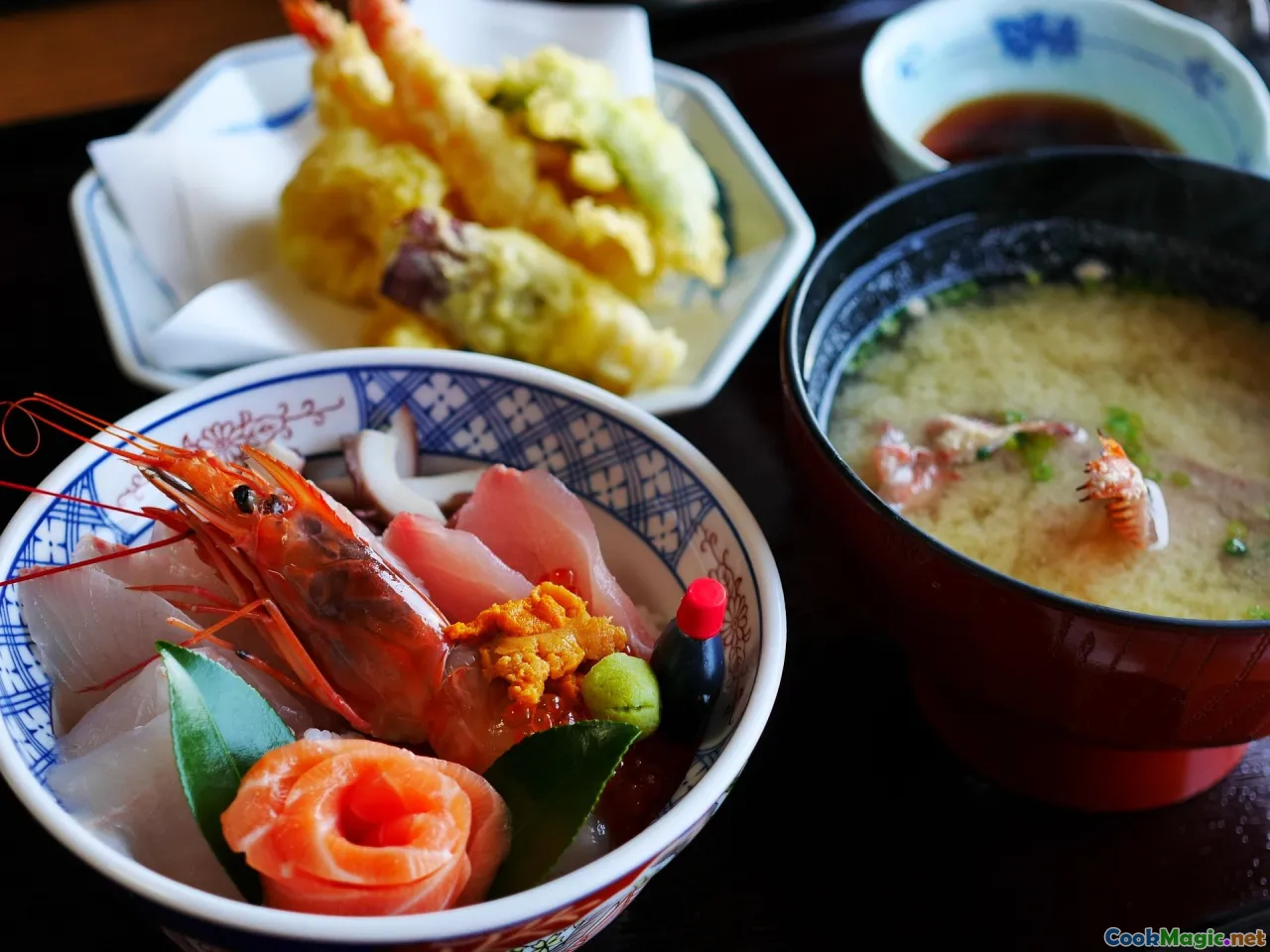
Historically, miso has been a staple of Japanese home cooking for over a millennium, serving as both a flavor enhancer and a symbol of comfort. In traditional rituals, miso is integral to festival foods and seasonal dishes—think miso soup with barley or rice miso during New Year.
Yet, modern chefs reimagine this ancient ingredient through fusion and experimentation. For example:
- White Miso in Desserts: Creamy miso ice cream, where the subtle sweetness enhances caramel and vanilla notes.
- Red Miso Glazes: Used for roasted vegetables among California’s farm-to-table pioneers for its umami punch.
- Black Miso in Broths: Adding depth to vegan ramen or miso-ramen-inspired vegetarian bowls.
Among my favorites is a simple blue cheese and miso tartine—harsh and creamy cheese balanced by the mellow sweetness of yellow miso, creating an umami-rich open-faced sandwich.
How to Incorporate Miso Effectively: Tips and Tricks

- Start Small: A tablespoon of miso can transform a potful of broth. Adjust according to the intensity you desire.
- Temperature Control: To preserve delicate flavors, add miso at the end of cooking and avoid boiling it vigorously.
- Storage Matters: Keep miso refrigerated, tightly sealed, to maintain its freshness and prevent spoilage. Lighter miso also tends to have a shorter shelf life.
- Pairing Associations: Match white or yellow miso with subtle ingredients like fish, greens, or eggs. Bold red or black miso pairs well with meats, root vegetables, and robust grains.
Exploring Unique Usecases: Innovative Dishes & Pairings
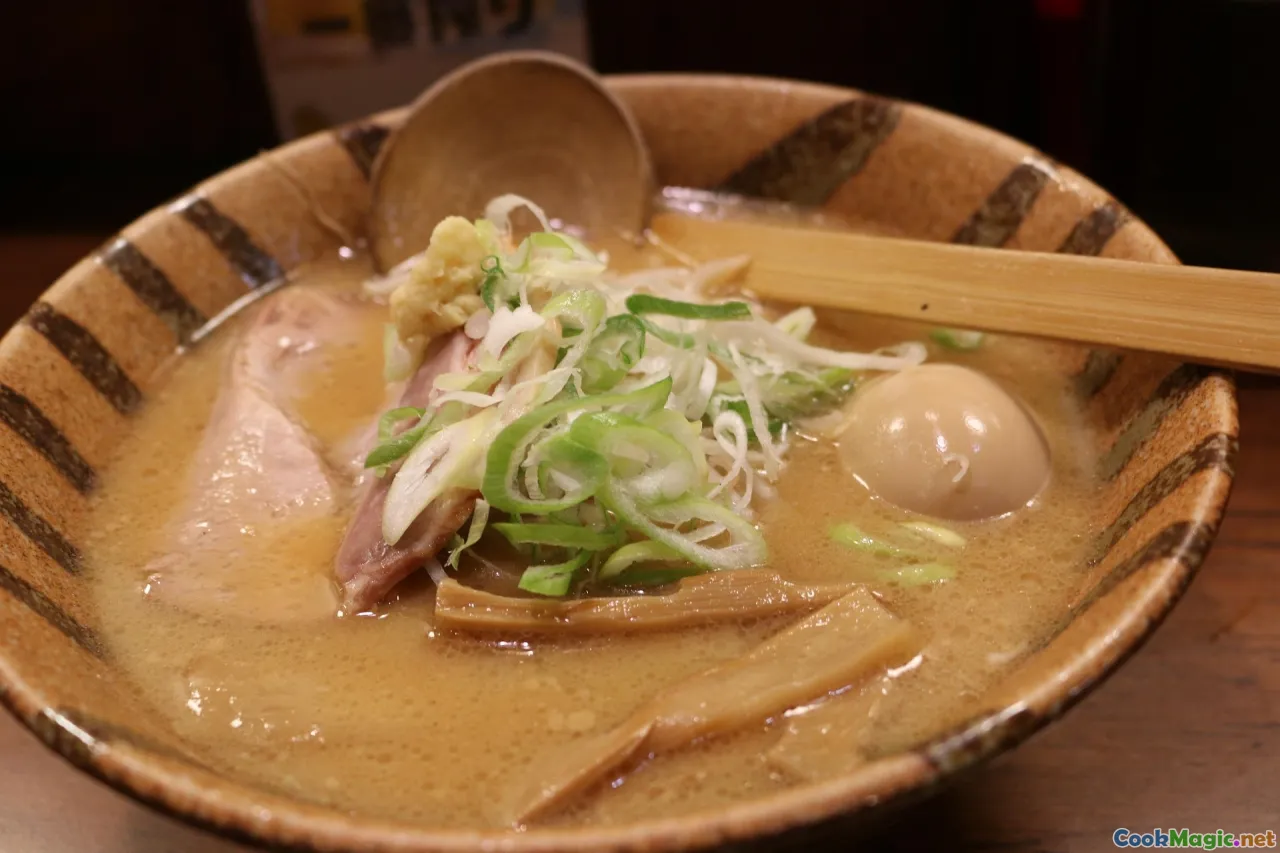
For the adventurous cook, miso offers endless possibilities:
- Miso Butter: Blend softened butter with red miso for a savory spread perfect on grilled bread or drizzled over roasted sweet potatoes.
- Miso-Inspired Dressings: Whisk miso with rice vinegar, sesame oil, and honey for a versatile salad topper.
- Fermentation Projects: Incorporate darker miso into bread dough for enhanced umami in sourdough.
- Black Miso Chili: A spicy, smoky miso-based chili that brings depth and warmth.
Cultural icon or modern gourmet ingredient, miso’s spectrum of colors unlocks a universe of culinary creativity.
Personal Reflection: My Miso Journey
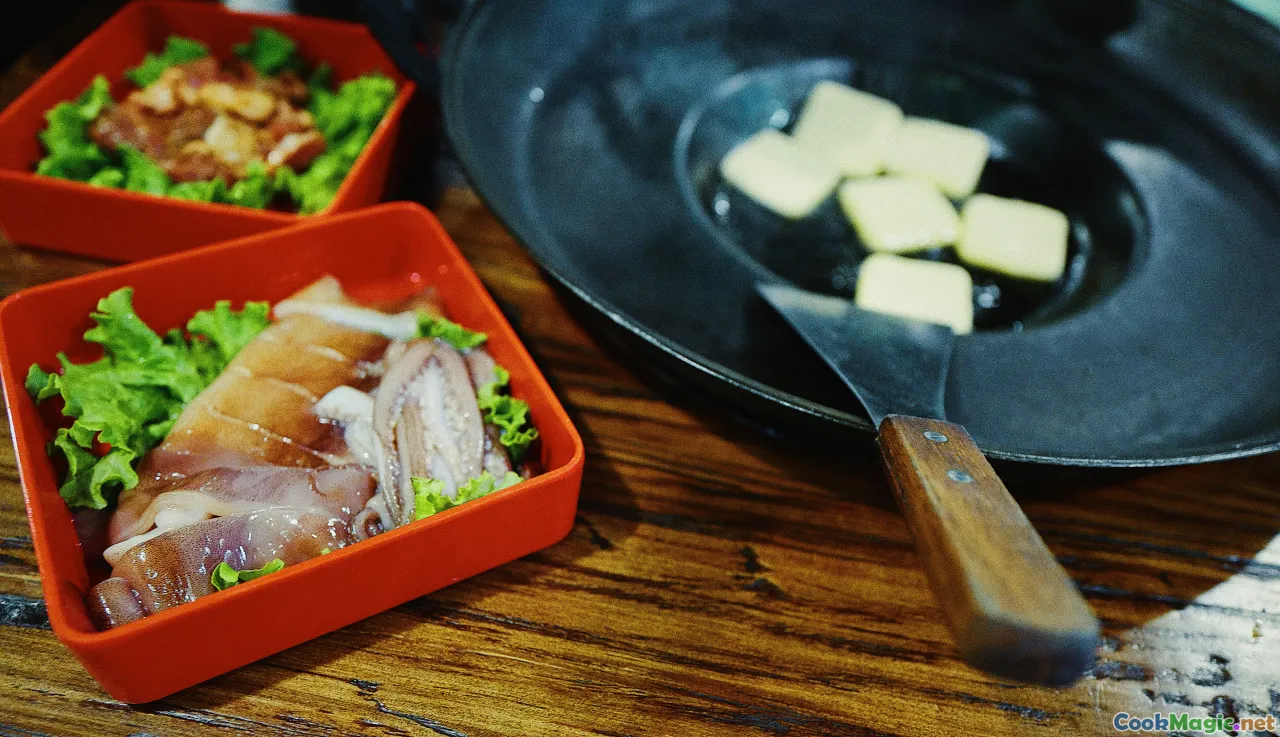
Over the years, my appreciation for miso has evolved from mere curiosity to a profound respect for its versatility. My favorite experiment? Combining yellow miso with seasonal vegetables in a quick pickle—crisp, tangy, with a subtle umami backdrop. It’s a small tribute to the intricate art that Japanese fermenters have perfected for generations.
What continues to fascinate me is how the color, texture, and aroma of miso serve as a sensory guide, leading us to tailor flavors precisely to our vision. Whether as a humble soup or a sophisticated sauce, miso remains a vibrant testament to the beauty of fermentation.
Embracing this ancient ingredient with open curiosity promises not just delicious innovations but a deepened connection with culinary traditions spanning centuries. So next time you reach for miso, remember—the color palette it offers is just the beginning of its extraordinary story.









